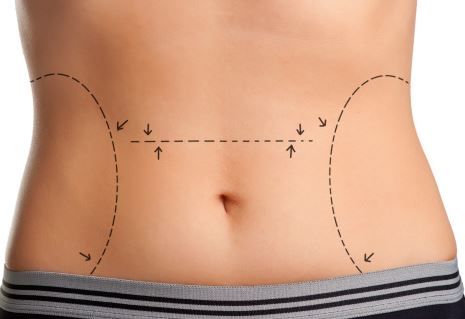Abdominoplasty (Tummy Tuck): Transforming Your Abdominal Profile
Understanding Abdominoplasty
Also known as a Tummy Tuck, abdominoplasty is a major surgical procedure aimed at reshaping your abdomen. It involves removing excess skin and fat, and tightening abdominal muscles, to achieve a more toned and contoured midsection.
Results and Key Considerations
Also known as a Tummy Tuck, abdominoplasty is a major surgical procedure aimed at reshaping your abdomen. It involves removing excess skin and fat, and tightening abdominal muscles, to achieve a more toned and contoured midsection.
Results and Key Considerations
- Visible Change: Significantly reduces the protrusion of the abdomen, offering a flatter, firmer profile.
- Scarring: Expect a permanent scar, potentially extending from hip to hip.
- Consider Timing:
- Postpone if planning significant weight loss.
- Delay if considering future pregnancies.
- Individuals in good health, seeking abdominal reshaping.
- Beneficial for those with resistant fat deposits or loose skin.
- Effective for women post-multiple pregnancies or older patients with reduced skin elasticity.
- Previous surgeries? Discuss with Dr. Weiss for tailored advice.
Pre-Surgery: Personalized Consultation
Charting Your Unique Path
Charting Your Unique Path
- Initial Evaluation: Assessing your health, fat deposits, and skin tone.
- Tailored Options: Mini-tummy tuck for concerns below the navel or a combination with liposuction.
- Informative Discussions: Dr. Weiss explains anesthesia, procedure, and costs.
- Insurance Check: Abdominoplasty typically not covered by health insurance.
The Abdominoplasty Procedure
Complete Abdominoplasty
Complete Abdominoplasty
- Duration: 2-5 hours.
- Incisions: From hipbone to hipbone, plus around the navel.
- Process: Skin and muscle tightening, navel repositioning.
- Recovery: Dressings, possible drainage tube.
- Shorter, often not affecting the navel.
- Skin stretched, excess removed.
- Surgeon lifts skin to tighten abdominal muscles, enhancing waistline.
Post-Surgery Care: Journey to Recovery
- Initial Care: Dressings, drainage tubes, and guidance on personal care.
- Recovery Timeline: Stitches removal in stages; full recovery varies.
- Back to Routine: Work resumption in 2-4 weeks; gradual exercise introduction.
- Scar Management: Scars mature over 9-12 months, becoming less noticeable.
Embracing Long-Term Results
Abdominoplasty offers significant improvements for the right candidates. Maintain results with a healthy lifestyle. Set realistic expectations, and be prepared for the recovery process and scarring as part of your transformative journey.
Abdominoplasty offers significant improvements for the right candidates. Maintain results with a healthy lifestyle. Set realistic expectations, and be prepared for the recovery process and scarring as part of your transformative journey.
Ready to Explore Your Abdominoplasty Options?
Contact Dr. Weiss for a personalized consultation and take the first step towards your abdominal transformation.



